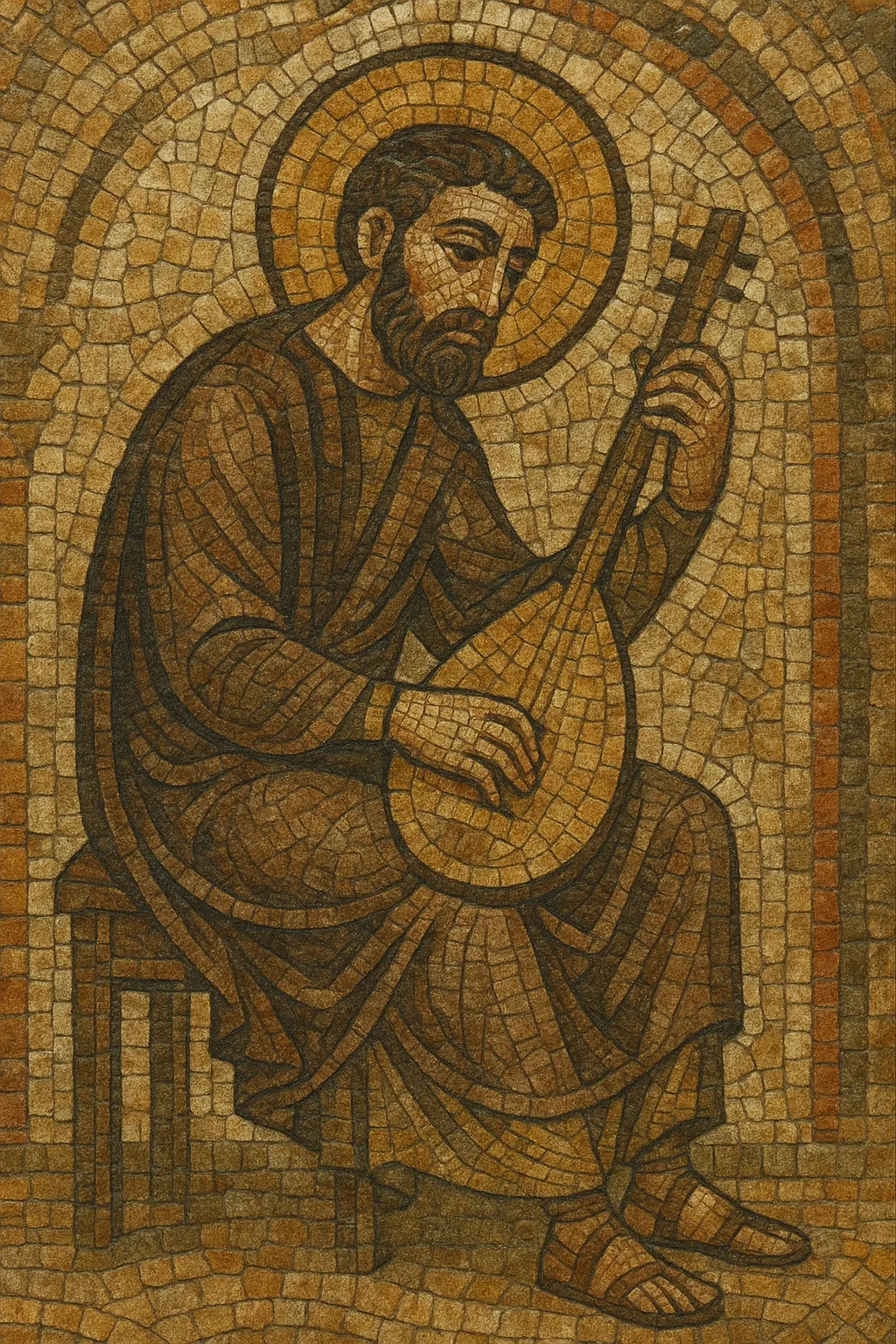Syriac chant is the ancient monophonic liturgical singing tradition of the Syriac-speaking churches of the Near East, centered historically in Edessa (Urfa), Antioch, Nisibis, and the wider Mesopotamian region. Sung in Classical Syriac, it forms the musical backbone of worship in both the West Syriac (Syriac Orthodox, Syriac Catholic, Maronite) and East Syriac (Assyrian Church of the East, Chaldean Catholic) rites.
The repertoire is modal, responsorial or antiphonal, and text-driven, prioritizing the intelligibility and prosody of biblical and hymnographic texts. Over centuries it absorbed Near Eastern modal aesthetics while maintaining a fundamentally unaccompanied, single-line texture designed for prayerful contemplation.
Syriac chant emerged in the Syriac-speaking Christian communities of late antique Mesopotamia and Syria. Early hymnographers such as Ephrem the Syrian (306–373) and Bardaisan of Edessa shaped a robust poetic and musical culture that paired syllabic meters with memorable refrains for congregational participation. The tradition likely drew on older Jewish cantillation practices and broader ancient Near Eastern musical habits while developing its own sacred poetics and modal sensibilities.
By the early medieval period, distinct West Syriac and East Syriac usages crystallized. The West Syriac tradition organized its melodic families in the Beth Gazo ("Treasury of Chants"), using an eight-mode system related to the pan-Eastern Christian Octoechos. In the East Syriac rite, books such as the Khudra and works associated with Narsai and later compilers systematized psalmody, antiphons, and proper chants for the liturgical year. Throughout, chant remained monophonic, orally transmitted, and closely tied to the accentuation and meters of Syriac hymnography.
Living at the crossroads of empires, Syriac churches coexisted with Byzantine, Armenian, Coptic, and later Arabic musical cultures. This contact reinforced modal thinking and ornamentation while preserving core monodic and text-centric principles. Notation was limited and served mainly as mnemonic aid; the primary medium of preservation was the trained memory of cantors and the communal habitus of liturgy.
Political upheavals and diaspora dispersed Syriac communities across the Levant and the globe. Monastic centers, patriarchal choirs, and academic projects began recording and cataloging Beth Gazo traditions, producing reference editions and archival recordings. Contemporary choirs and cantors continue to safeguard local variants, teach traditional ornamentation, and balance faithful transmission with careful documentation so the chant remains a living, prayerful art.
Choose one of the eight traditional modes (Octoechos/maqām-like families as preserved in the Beth Gazo). Treat the mode as a constellation of intonations, cadential formulas, and characteristic intervals rather than a fixed Western scale. Aim for stepwise motion, with careful use of reciting tones and established cadences.
Begin with a Classical Syriac liturgical text (psalms, anthems, or hymn stanzas). Let word accent, meter, and syntax determine phrase length and contour. Preserve clarity of diction; melismas are used sparingly and purposefully at cadences or key theological words.
Use free, speech-like rhythm. Phrasing follows the text’s punctuation and sense units rather than a strict meter. Breaths and caesuras align with syntactic breaks. Avoid strong beat emphasis; the effect should be flowing and prayerful.
Employ restrained, idiomatic ornaments (slides, grace-like turns, gentle portamenti) to articulate modal pivots and cadences. Keep the line unaccompanied and monophonic. In communal settings, alternate a solo cantor with a responding choir or congregation.
Prefer unaccompanied voice. A well-trained cantor leads; a small choir may respond antiphonally on refrains. Maintain moderate tessitura suited to communal singing. If a bourdon-like support is used, keep it quiet and static so it does not create harmony; the core aesthetic is monody.
Rely on oral tradition and custodial chant books (e.g., Beth Gazo) as mnemonic guides. When notating, capture intonation formulas, recitation pitches, and cadences rather than barlines and chord symbols. Record local variants faithfully to preserve living tradition.


